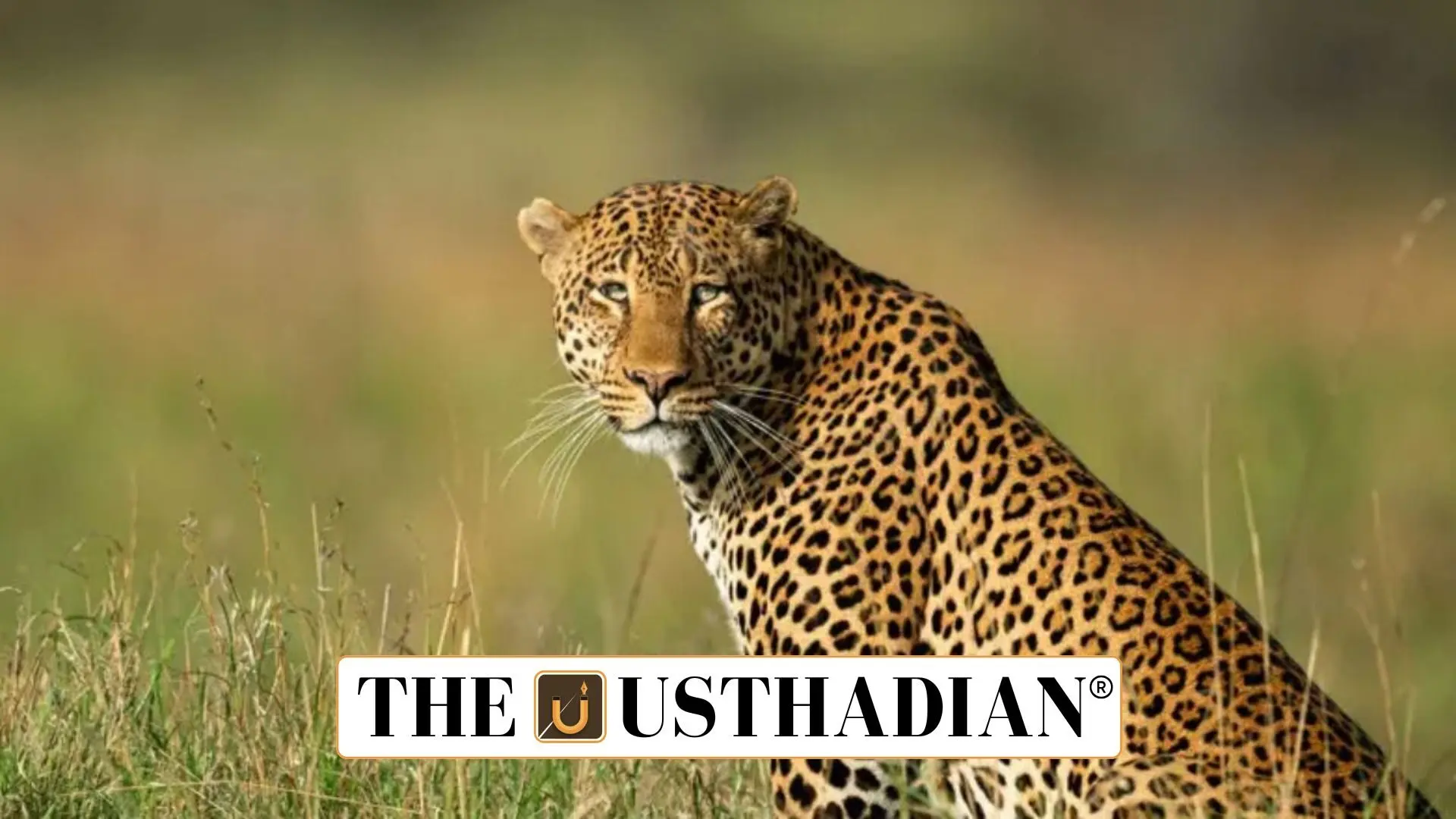Bengaluru surpasses Mumbai in leopard population
Bengaluru Becomes India’s Leopard Capital: Bengaluru has officially earned the title of India’s Leopard Capital, overtaking Mumbai with a thriving wild leopard population on its outskirts. As per a recent survey conducted by the Holématthi Nature Foundation (HNF), around 80 to 85 leopards currently roam the forests and scrublands surrounding the city. What’s remarkable is how these apex predators continue to live near a rapidly expanding metro, revealing Bengaluru’s rare ecological character.
This is more than a title—it’s a significant conservation milestone. For a bustling tech city like Bengaluru to host such a large population of leopards is unusual and important. In contrast, Mumbai, which held the previous record, is now home to about 54 leopards, mostly in and around Sanjay Gandhi National Park.
The survey that changed the numbers
The HNF’s one-year survey (2024–25), under the guidance of renowned conservationist Dr. Sanjay Gubbi, used 250+ camera traps over a spread of 282 square kilometers. The study wasn’t just about counting leopards—it also assessed habitat use, movement patterns, and general biodiversity across fragmented urban forest regions.
Some of the main hotspots studied include Bannerghatta National Park (BNP), where the leopard count rose from 40 in 2019 to 54, and several fringe areas like Turahalli, Roerich Estate, U.M. Kaval, and Hesaraghatta. Interestingly, these fringe zones alone host about 30 wild leopards.
Wildlife thriving among people
Despite growing urbanization, wildlife in Bengaluru isn’t just surviving—it’s flourishing. The study documented 34 mammal species, including 8 listed on the IUCN Red List. Notably, 22 species are protected under Schedule I and 5 under Schedule II of the Wildlife (Protection) Act, 1972—a law enacted to provide legal protection to endangered species in India.
One reason for this wildlife success is better protection measures within BNP, which have improved prey availability. The leopards have also adapted well to the human-dominated landscape, showing a surprising level of coexistence with local communities. In some cases, leopards that were previously relocated due to conflict have contributed to these rising numbers.
Recommendations for long-term conservation
To sustain this rare urban-wildlife balance, HNF has proposed that several regions like B.M. Kaval, Roerich Estate, and Gollahalli Gudda be declared Conservation Reserves. There’s also a call to expand Bannerghatta National Park by including nearby reserved forests like Durgadakal RF and Bettahalliwade RF.
The report further urges the government to avoid future leopard translocations into BNP and focus instead on building wildlife corridors, such as the Muneshwarabetta–Bannerghatta link, to help animals move safely across territories. Community awareness and conflict mitigation strategies were also emphasized.
Setting an example for Indian cities
This survey serves as a timely reminder that biodiversity can thrive alongside urban life, provided that proper conservation frameworks are in place. Bengaluru’s success story may well become a model for other Indian cities facing ecological challenges. It also adds to the city’s natural heritage, joining its rich list of parks, lakes, and green spaces with urban wildlife conservation.
Static Usthadian Current Affairs Table
| Topic | Detail |
| Leopard Capital of India | Bengaluru (2025) |
| Survey Conducted By | Holématthi Nature Foundation |
| Survey Duration | 2024–2025 |
| Lead Scientist | Dr. Sanjay Gubbi |
| Estimated Leopard Population | 80–85 |
| Leopards in BNP | 54 (up from 40 in 2019) |
| Total Area Surveyed | 282 sq km |
| Tools Used | 250+ camera traps |
| Key Zones | BNP, Turahalli, Roerich Estate, U.M. Kaval, Hesaraghatta |
| Endangered Species Count | 8 (IUCN Red List) |
| Schedule I Species | 22 species under Wildlife Protection Act, 1972 |
| Conservation Recommendations | Declare key areas as Conservation Reserves, expand BNP, build wildlife corridors |








